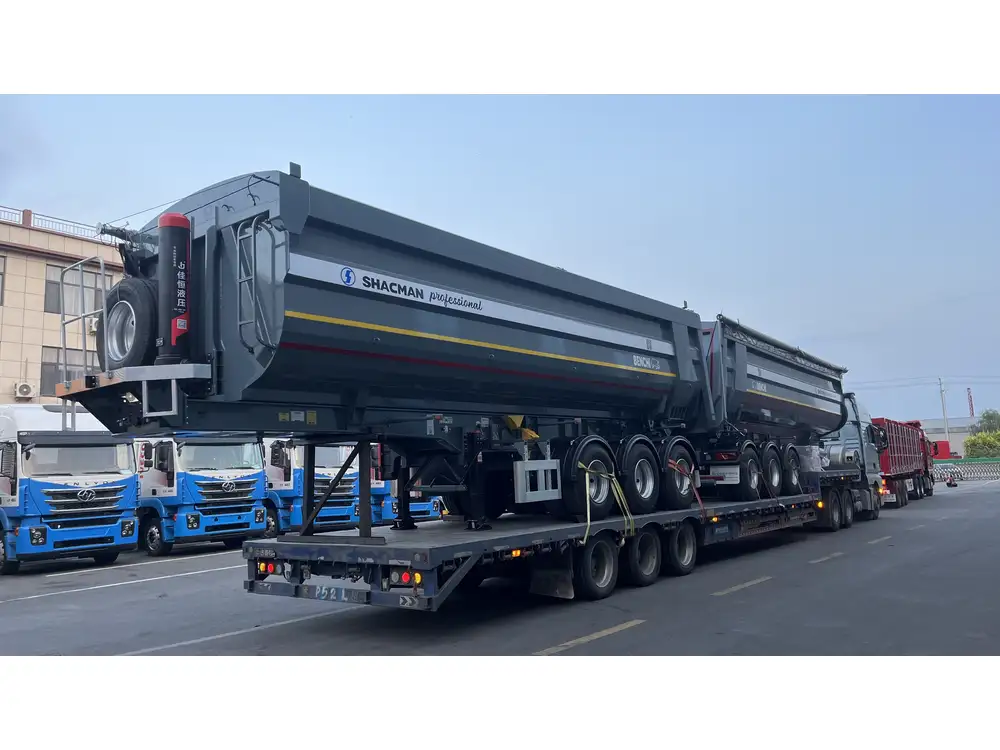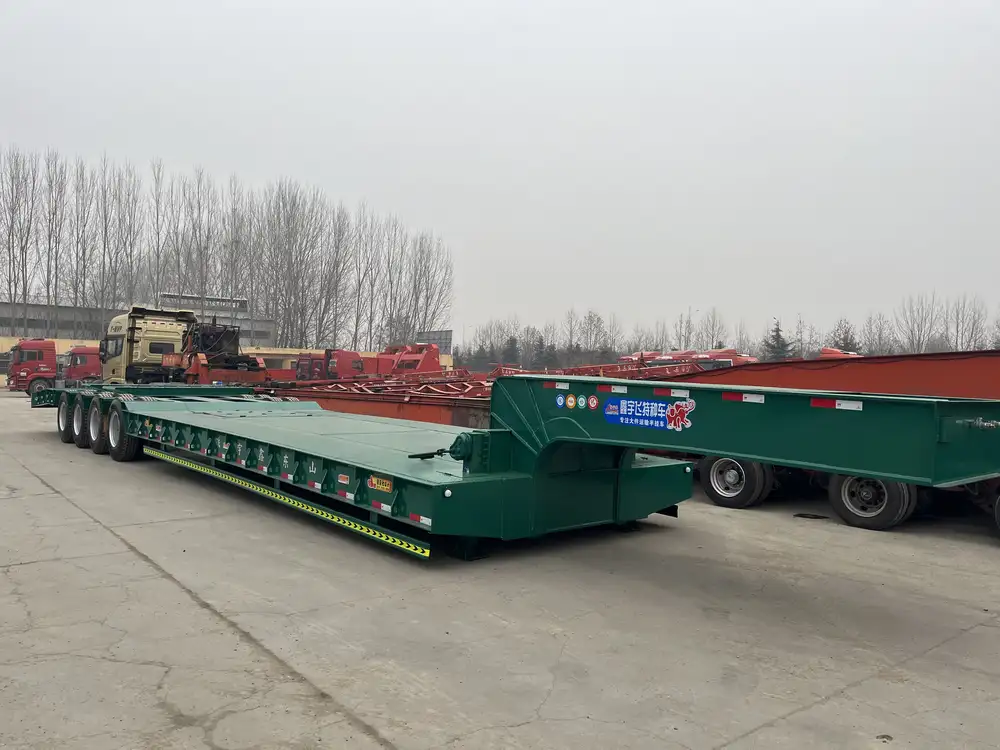When it comes to the transportation of fuel, one of the most frequently asked questions revolves around the capacity of tanker trucks. How many gallons of gas are in a tanker truck? This query is not just a matter of curiosity but also a critical factor for businesses, logistics companies, and individuals working in related industries. This article delves deep into the intricacies of tanker truck capacities, fuel types, regulations, and operational considerations.
Tanker Truck Capacity: An Overview
Tanker trucks are specialized vehicles designed to transport liquid substances, particularly fuel. They come in various sizes and configurations. The typical capacity of a fuel tanker truck varies significantly based on its design and intended use, but generally ranges from 5,000 to 11,600 gallons.
Types of Tanker Trucks
- Straight Tankers: These vehicles feature a single tank and are more commonly used for city deliveries.
- Tractor-Trailer Tankers: Known for their larger capacities, these trucks consist of a truck and a separate trailer tank, ideal for long-distance transportation.

Capacity Breakdown by Tanker Type
| Type of Tanker Truck | Gallons Capacity |
|---|---|
| Small Tanker | 5,000 – 6,000 gallons |
| Medium Tanker | 7,000 – 9,000 gallons |
| Large Tanker | 10,000 – 11,600 gallons |
Factors Influencing Gallon Capacity
Several factors can influence how many gallons of gas a tanker truck can carry:
Legal Regulations: Different states and countries impose weight limits on vehicles. Tankers must comply with these regulations which can affect their capacity.
Design Specifications: The material and the structural design of the tanker can also impact how much liquid it can safely carry.
Contents: The type of liquid being transported. For example, gasoline has a different density than diesel or other types of fuel.
Fuel Types and Their Capacities
A crucial aspect of understanding tanker truck capacities involves acknowledging the various types of fuel they transport.

Common Fuels Transported by Tanker Trucks
- Gasoline: Predominantly transported in large volumes, allowing for substantial tank capacities.
- Diesel Fuel: Slightly denser than gasoline; hence cargo adjustments may be needed based on weight.
- Jet Fuel: Transported via specialized tankers due to its specific handling requirements.
Comparison of Fuel Types by Density
| Fuel Type | Density (lbs./gallon) | Average Gallons per Tanker |
|---|---|---|
| Gasoline | 6.1 | 10,000 – 11,600 |
| Diesel | 7.1 | 9,000 – 10,000 |
| Jet Fuel | 6.7 | 10,000 – 11,000 |
Safety Considerations in Tanker Operations
Transporting large volumes of flammable liquids poses considerable safety risks. Understanding safety protocols and regulations is vital in ensuring the safe operation of tanker trucks.

Key Safety Regulations
Department of Transportation (DOT) Regulations: Ensures that all tanker trucks are compliant with hazardous material regulations.
Tank Design Standards: Mandates tanks to withstand pressure to prevent spills and leaks.
Emergency Protocols: Drivers and companies must have emergency response plans in place.
Environmental Implications
With the global focus on sustainability and environmental protection, the fuel transportation industry is increasingly scrutinized. Tanker trucks must abide by environmental regulations to minimize the impact on the environment.
Key Environmental Factors
- Leak Prevention: Modern tanker designs incorporate features to prevent leaks and spillages.
- Emission Controls: Ensuring that trucks meet emissions standards to reduce pollution.
- Waste Management: Proper disposal and handling of waste materials from tanker operations.

Eco-Friendly Practices
Companies are adopting eco-friendly practices like integrating alternative fuel sources into their operations and utilizing advanced technology to optimize fuel efficiency and reduce carbon footprints.
Operational Efficiency and Technology
The logistics of transporting fuel are complex, requiring precise planning and execution. Innovations in technology have transformed the way tanker trucks operate.
Technology Advancements
Telematics: GPS tracking and vehicle diagnostics help monitor the efficiency of tanker routes, leading to optimized fuel use.
Automated Systems: Systems to monitor fuel levels automatically, reducing the risk of overloading.
Smart Hazard Detection: Technologies enabling real-time detection of leaks and breaches in tank integrity.

Conclusion
Understanding the capacity in gallons of gas contained in tanker trucks is not merely academic but provides critical insights into the fuel transportation industry. With capacities typically ranging from 5,000 to 11,600 gallons, this range showcases the diverse needs and regulations that govern fuel transport. Factors such as state regulations, fuel types, and safety considerations all play pivotal roles in determining the operational capabilities of these vehicles.
For industry stakeholders, comprehending these details is essential, not just for compliance but for ensuring efficiency and safety in daily operations. With emerging technologies and stringent safety standards, the future of tanker truck operations is poised for not only efficiency but also heightened safety and environmental responsibility. The results of these advancements are vast — from lower operational costs to a more sustainable approach to fuel transportation, this field continues to evolve in response to both demand and regulatory pressures.
Ultimately, whether you’re a logistics manager, a fleet operator, or simply interested in the fascinating world of tanker trucks, grasping the nuances of their capacities and operations can significantly enhance your understanding and decision-making in the field.



